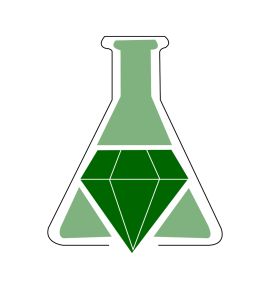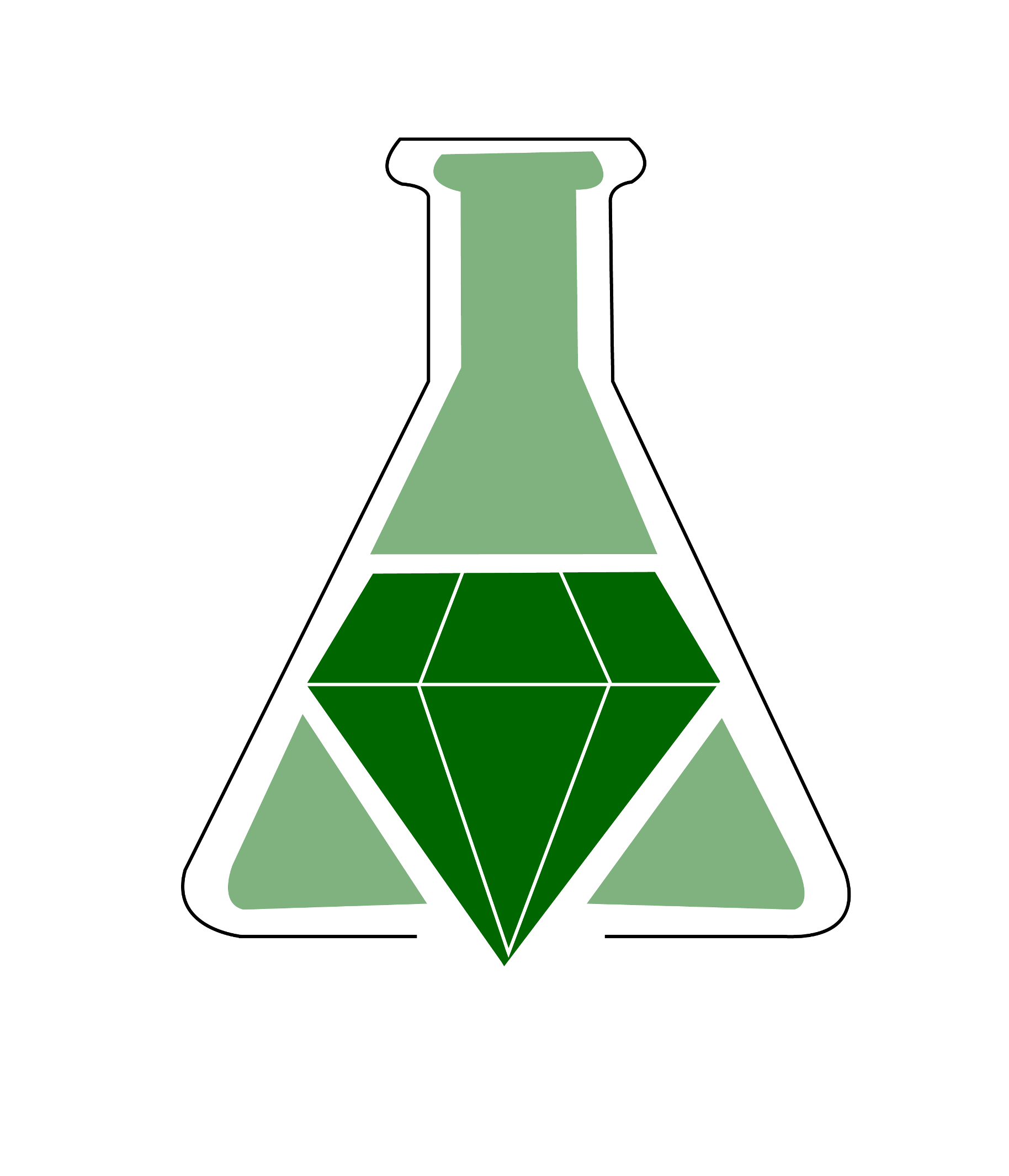A Greener Chemiluminescence Demonstration

Summary
This demonstration shows students a long-lasting, chemiluminescent reaction in light sticks without the toxic solvents. The instructor must prepare the chemiluminescent reagent, divanillyl oxalate, in a one-step synthetic procedure or can have the students prepare the reagent as part of an organic chemistry experiment.
Solvents acceptable for the chemiluminescence reaction are ethyl acetate or triacetin; divanillyl oxalate forms what appears to be a colloidal suspension, not a true solution. Dissolve 20 mg divanillyl oxalate in 20 mL solvent with magnetic stirring for 20 minutes before addition of the fluorescer. Subsequently, dissolve 5 mg fluorescer (such as perylene, about 2 minutes magnetic stirring), add 1.0 mL 30% hydrogen peroxide (for ethyl acetate) or 3% hydrogen peroxide (for triacetin), darken the room, and add 1.0 mL 1M NaOH (aq) to initiate chemiluminescence.
Summary prepared for the original GEMs database March 2012 by Professor Miguel O. Mitchell, Salisbury University.
A Greener Chemiluminescence Demonstration
Osman Jilani, Trisha M. Donahue, and Miguel O. Mitchell
Journal of Chemical Education 2011 88 (6), 786-787
DOI: 10.1021/ed100597n
Solvents acceptable for the chemiluminescence reaction are ethyl acetate or triacetin; divanillyl oxalate forms what appears to be a colloidal suspension, not a true solution. Dissolve 20 mg divanillyl oxalate in 20 mL solvent with magnetic stirring for 20 minutes before addition of the fluorescer. Subsequently, dissolve 5 mg fluorescer (such as perylene, about 2 minutes magnetic stirring), add 1.0 mL 30% hydrogen peroxide (for ethyl acetate) or 3% hydrogen peroxide (for triacetin), darken the room, and add 1.0 mL 1M NaOH (aq) to initiate chemiluminescence.
Summary prepared for the original GEMs database March 2012 by Professor Miguel O. Mitchell, Salisbury University.
A Greener Chemiluminescence Demonstration
Osman Jilani, Trisha M. Donahue, and Miguel O. Mitchell
Journal of Chemical Education 2011 88 (6), 786-787
DOI: 10.1021/ed100597n
Safety Precautions, Hazards, and Risk Assessment
See published journal article.
Link to external
